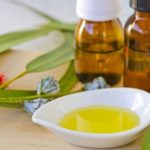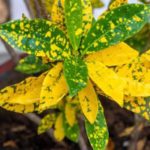Ferns are incredibly resilient, often found deep in the forest. Their unique and beautiful shape has made them a popular choice for families looking to add a touch of elegance to their homes and purify the air of pollutants. Join us as we explore the characteristics, significance, and care instructions for the ancient fern.
1 Introduction to the Ancient Fern
The ancient fern, also known as the forest fern, has a woody stem and can grow to be a hundred times larger than its cousins found near shores and bushes. It is commonly found in tropical and humid forests, and in Vietnam, the ancient fern is quite prevalent.
With a history spanning 300 million years, these ferns once formed vast gardens. Due to frequent climate changes, many ferns were buried deep underground, forming coal mines. Despite facing potential extinction, their resilience has allowed them to survive to this day, though not as abundantly as in primitive times.
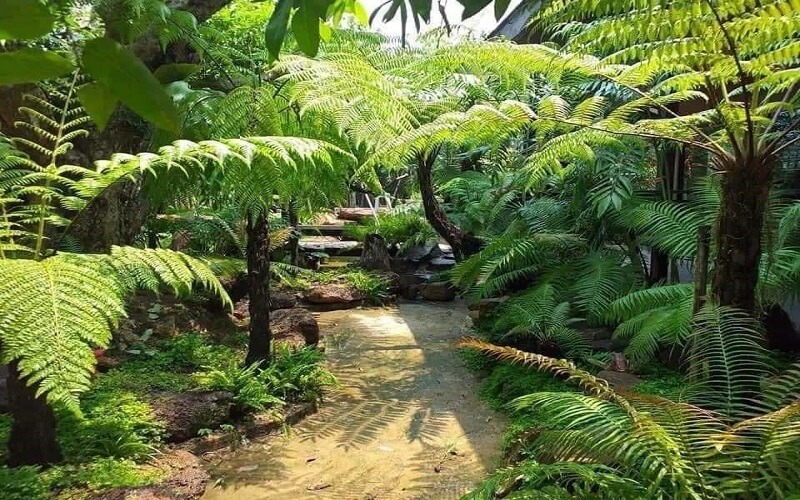 Introduction to the Ancient Fern
Introduction to the Ancient Fern
The ancient fern has a large, woody stem and can grow to an average height of 20-30 meters. Its leaves are bipinnate, with a deep green, feather-like appearance. Due to its substantial size, the leaves can grow to a length of 1 meter, with some larger ones reaching up to 4 meters. The main leaflet has many smaller leaflets, giving it a soft and delicate look.
Ancient ferns rarely produce flowers and reproduce through spores.
2 Significance in Feng Shui and Legends
The ancient fern’s resilience through the ages symbolizes perseverance and tenacity in life. Gifting a potted ancient fern to loved ones facing challenges serves as a comforting gesture. Beyond its decorative value, this plant is believed to bring health, peace, and good fortune to the household.
Additionally, the ancient fern is associated with a legend about burying nine coins at its base. According to this tale, doing so will bring prosperity to the homeowner. In feng shui, coins are considered powerful attractors of positive energy, having passed through many hands. Burying them in the ground is thought to harness the earth’s energy. The harmonious interplay of heaven, earth, and humanity is believed to bring success and tranquility to the homeowner.
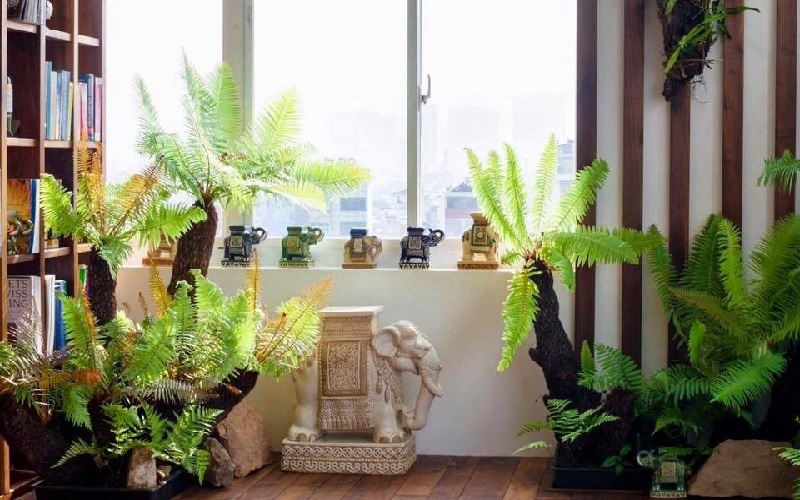 Significance in Feng Shui and Legends
Significance in Feng Shui and Legends
3 Benefits of the Ancient Fern
In addition to its feng shui significance, the ancient fern offers a multitude of advantages:
Air Purification: With increasing air pollution, having an ancient fern in your home or garden can help improve air quality. It effectively removes harmful substances like toluene, xylene, arsenic, and mercury.
Aesthetic Appeal: Adding an ancient fern to your home can instantly elevate its style, infusing a sense of sophistication and classic elegance.
Medicinal Value: Beyond air purification, the ancient fern’s stem has therapeutic properties, proving useful in treating skin conditions such as psoriasis and dermatitis, and aiding in hemostasis.
Gift Idea: The ancient fern, with its unique appearance and symbolic significance, makes for a thoughtful gift. Its timeless beauty is sure to be cherished.
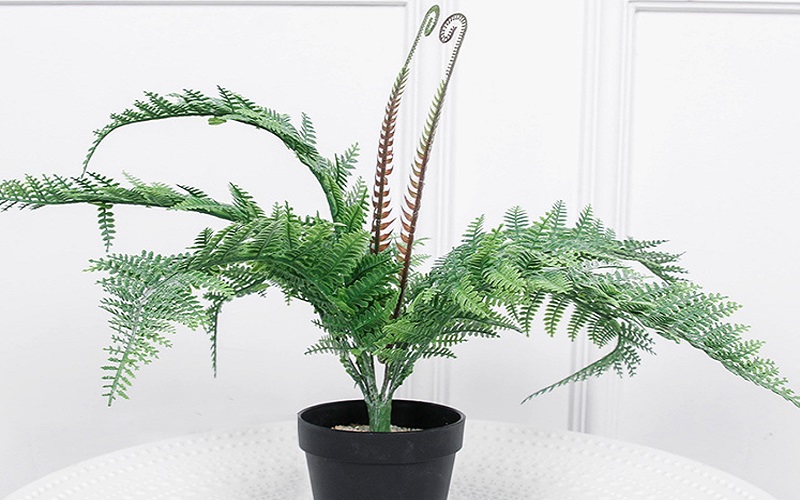 Benefits of the Ancient Fern
Benefits of the Ancient Fern
4 Feng Shui Compatibility of the Ancient Fern
In feng shui, the ancient fern, with its green and brown hues, is believed to be particularly harmonious for individuals with a Wood element dominance in their birth chart. For these individuals, having an ancient fern in their home can bring peace and good health, and foster a smooth path in life. Additionally, according to the five elements theory, Fire is compatible with Wood, so individuals with a Fire dominance can also benefit from the positive influence of this plant in their career and business endeavors.
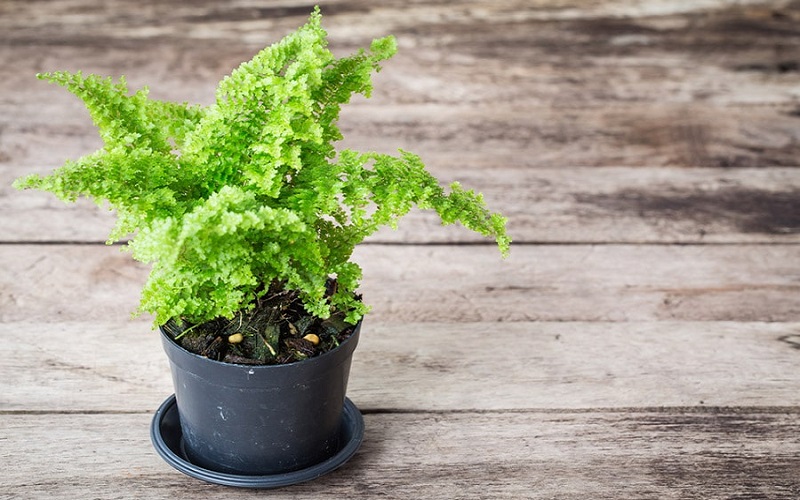 Feng Shui Compatibility of the Ancient Fern
Feng Shui Compatibility of the Ancient Fern
5 Planting and Caring for the Ancient Fern
Due to its robust growth, the ancient fern is relatively easy to cultivate. Let’s explore two simple methods for growing this impressive plant at home:
Planting Techniques
Potted Ancient Fern: For those with limited space, growing the ancient fern in a pot is an excellent option. Choose a pot with good drainage holes and a diameter of about 2 meters. Fill the bottom of the pot with a mixture of loamy soil and cow manure. Carefully place the root ball into the pot and fill the remaining space with the soil mixture. Top it off with a layer of coconut coir to retain moisture and keep the plant cool.
Direct Soil Planting: Dig a hole that is slightly larger than the root ball. Mix cow manure with the excavated soil. Gently place the root ball into the hole and backfill it with the soil mixture. Add a small amount of cow manure and coconut coir to enhance nutrient absorption and promote cooling and drainage.
Care Instructions
Water the plant consistently, twice a day, with 30% of the water directed at the roots and 70% on the stem. Avoid pouring water directly onto the roots to prevent waterlogging.
Keep the plant away from direct sunlight, as it prefers a cool and shaded environment.
Fertilize the plant every 3-4 months.
Use loamy, well-aerated soil that is rich in nutrients and retains moisture while allowing for good drainage.
Regularly inspect the plant, and remove any wilted or discolored leaves to prevent the spread of potential infections.
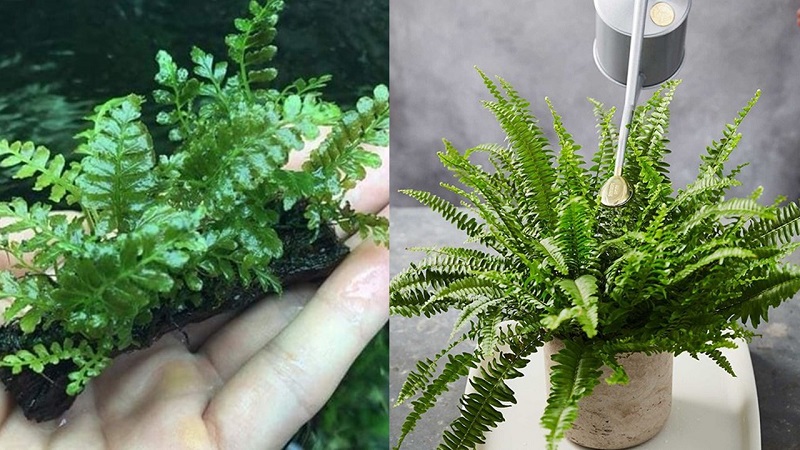 Planting and Caring for the Ancient Fern
Planting and Caring for the Ancient Fern
6 Beautiful Images of the Ancient Fern
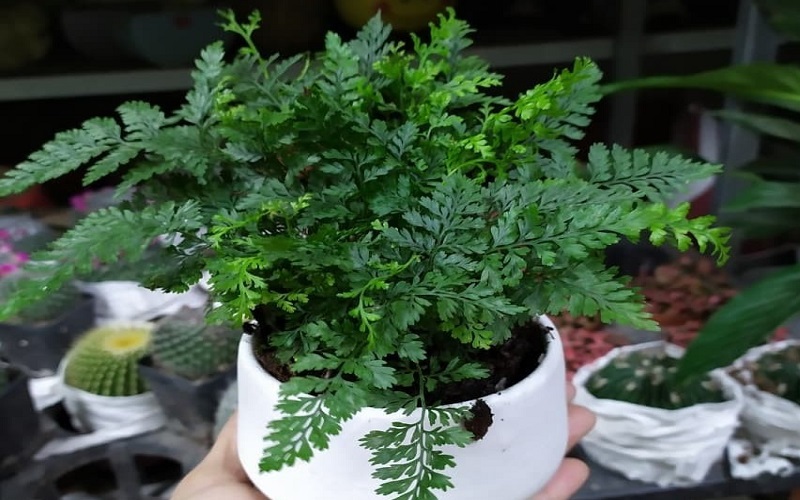 All colors melt into the vibrant, pure, and innocent shades of green.
All colors melt into the vibrant, pure, and innocent shades of green.
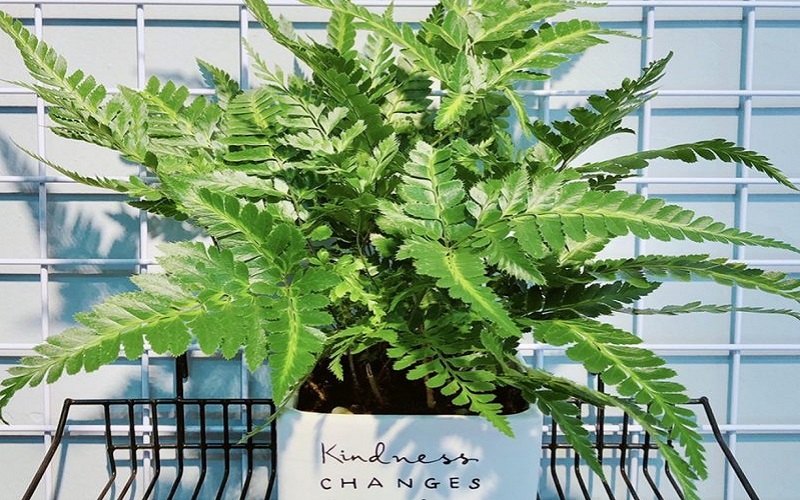 The presence of the fern creates a serene and tranquil atmosphere.
The presence of the fern creates a serene and tranquil atmosphere.
 The gentle breeze and soft leaves inspire new hopes and new life.
The gentle breeze and soft leaves inspire new hopes and new life.
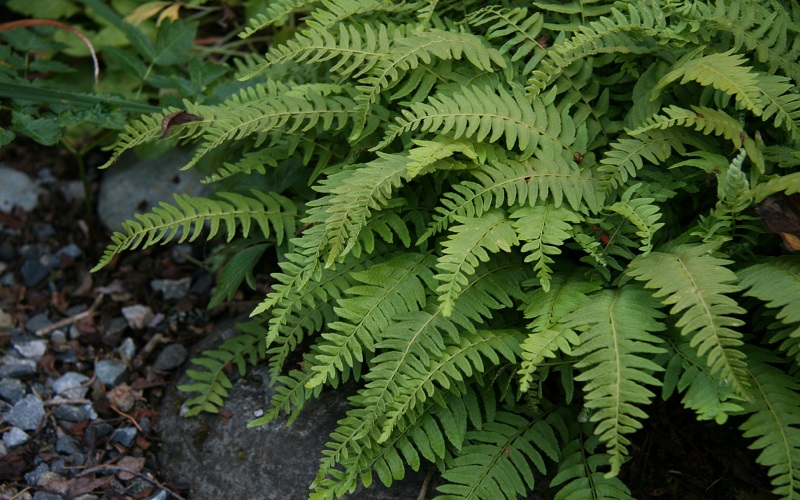 Green represents hope and vitality.
Green represents hope and vitality.
The ancient fern not only enhances the aesthetics of your home but also offers numerous health benefits. If you’re considering adding a houseplant, the ancient fern is an excellent choice.
2023 Lunar New Year Gift Ideas for Older Family and Friends
As 2021 approaches, families worldwide are gathering to celebrate the special bond between grandparents and their grandchildren. To show their love and admiration, these thoughtfully chosen gifts will bring a smile to the face of the elderly. Here, we have compiled a list of the 13 most meaningful Tet presents that can bring joy to our beloved grandparents.


























